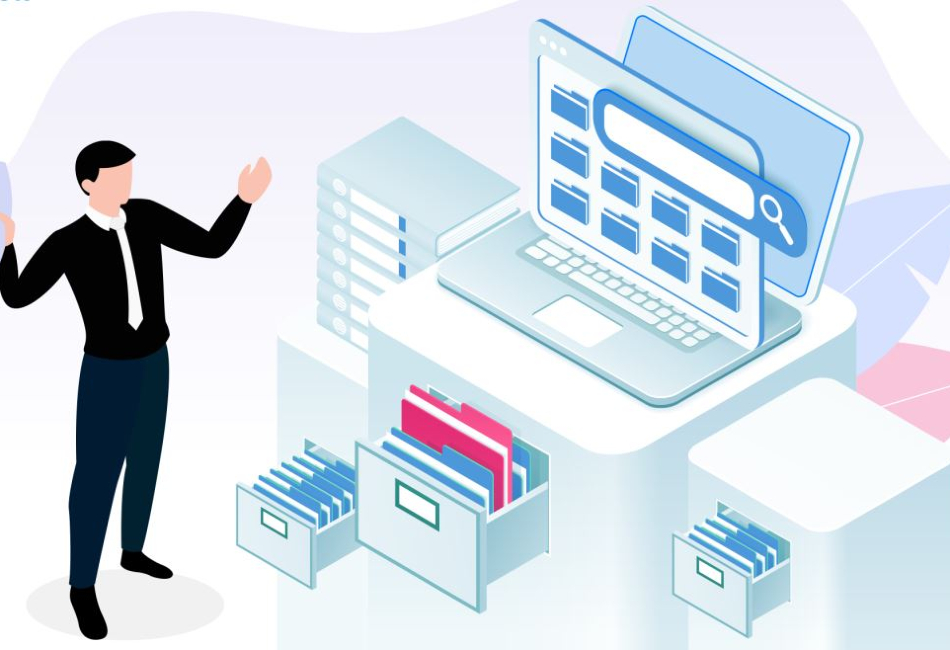In the complex world of finance, transparency and risk management are paramount. Legal Entity Identifiers (LEIs) have emerged as a powerful tool for financial institutions to enhance their operations and comply with regulatory requirements. This guide will delve into the world of LEI services overview, offering financial institutions a comprehensive understanding of what LEIs are, their significance, and how they can be effectively integrated into business operations.
What is an LEI?
A Legal Entity Identifier (LEI) is a unique, 20-character alphanumeric code assigned to entities engaged in financial transactions. These entities can include corporations, financial institutions, and even government organizations. LEIs were introduced to create transparency in financial markets and track entities involved in financial transactions globally.
LEIs contain essential information about the entity they represent, including their legal structure, ownership, and geographic location. This standardized identification system enables regulators, businesses, and individuals to gain insights into the entities they interact with, reducing the risk of financial fraud and enhancing market stability.
The Significance of LEIs for Financial Institutions
They offer financial institutions many benefits, making them an essential tool in today’s global financial landscape.
1. Enhanced Risk Management
Financial institutions can use LEIs to gain a deeper understanding of the entities they engage with, allowing for more accurate risk assessments. LEIs provide valuable data on an entity’s ownership structure, affiliations, and financial health, enabling better risk management and reducing the likelihood of dealing with risky or non-compliant partners.
2. Regulatory Compliance
LEIs are now a central component of regulatory compliance in many jurisdictions, serving as a pivotal aspect of the LEI services overview. They help financial institutions meet reporting and disclosure requirements by providing a standardized identification system that aids in the tracking and monitoring of entities engaged in financial transactions.
3. Streamlined Transaction Processing
They simplify transaction processing by providing a standardized identifier for every entity involved. This streamlines the trade lifecycle, reducing operational errors and costs. It also speeds up transaction settlement and minimizes the risk of trade failures.
4. Improved Data Accuracy
They help eliminate data inconsistencies by ensuring each entity has a unique, unambiguous identifier. This enhances data accuracy and reduces the likelihood of errors in financial reports and transactions.
How to Obtain an LEI
To reap its benefits, financial institutions must obtain one. The process involves several steps:
1. Choose an LEI Service Provider
Financial institutions can select from a range of accredited Local Operating Units (LOUs) or LEI service providers. These organizations are responsible for issuing LEIs and maintaining the associated reference data.
2. Submit Application
The financial institution must apply to the chosen LEI service provider, providing the necessary information about the entity, such as its legal name, address, and ownership structure.
3. Verification
The service provider verifies the information provided and issues the LEI upon successful validation. This process typically takes a few business days.
4. Renewal
LEIs have an annual renewal requirement to ensure that the information remains current. Financial institutions should be diligent in keeping their LEI records accurate.
Conclusion
Legal Entity Identifiers (LEIs) are a critical tool for financial institutions seeking to enhance transparency, manage risk, and comply with regulatory requirements. By understanding the significance of LEIs and integrating them into their operations, financial institutions can foster trust, minimize risks, and maintain a competitive edge in today’s complex financial landscape. Obtaining and effectively using LEIs is an investment that can yield substantial dividends in terms of operational efficiency and risk management. As the global financial ecosystem evolves, LEIs will remain a valuable asset for institutions looking to thrive and adapt to changing market dynamics.

